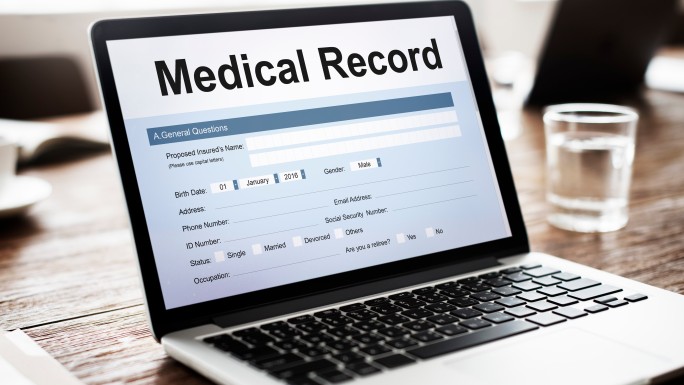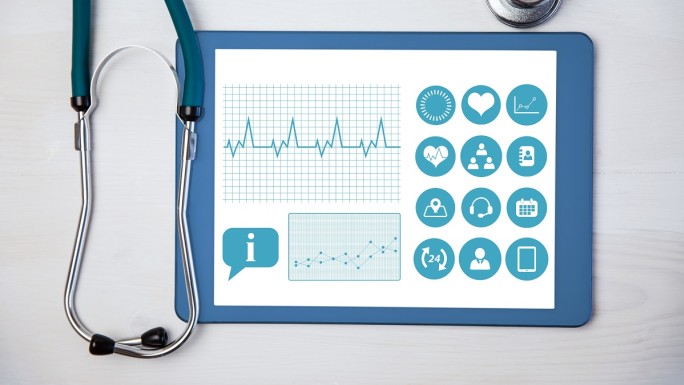Optimizing pharmacy: Overcome challenges for better medicine dispensing
Medicine dispensing serves as the crucial bridge between healthcare providers and patients. The process involves the interpretation of prescriptions, preparation of medications, and the provision of clear instructions to patients. The role of medicine dispensing makes it a key element in the continuum of care.
However, the conventional way of dispensing medicines has shown many disadvantages to the healthcare process. Some of that can cause serious medication errors or heavy workloads for pharmacists. In this article, let’s explore the challenges that healthcare providers are facing and how modern solutions could improve medication dispensing.
Overview of medicine dispensing
Medicine dispensing is not just preparing and giving medicines to patients. A good dispensing process guarantees giving proper medications to the right patients, with accurate dosage and quantity. To ensure accuracy, pharmacists or healthcare professionals must have educated medication knowledge and sharpening to avoid medication errors. Medicine dispensing is accompanied by clear instructions in packaging that preserve the potency of the medication.
Conventional medicine dispensing

Conventional medicine dispensing typically involves manual processes, paper-based prescriptions, and standard procedures conducted by pharmacists or healthcare professionals. These practices contain various steps, such as interpreting handwritten prescriptions and measuring and packaging medications. Pharmacists often have to give instructions directly to patients.
Conventional medicine dispensing relies on established norms and procedures to ensure accuracy, patient safety, and adherence to regulatory standards. While effective, these methods may easily create human errors and communication obstacles.
Challenges in traditional medicine dispensing
There are thousands of prescription medications all over the world, not to mention countless over-the-counter medicines are available. It’s hard to make sure every medicine dispensing process is flawless, and many medication errors have occurred due to human limitations.
According to NIH, medication errors cause 7000-9000 deaths every year, just in the US only. To get the right solution for this urgent medication problem, we first need to understand the practical challenges faced by healthcare providers, professionals, and patients.
To healthcare providers
- Medication errors: Pharmacists are under constant pressure to minimize medication errors, including dispensing the wrong medication or dosage. The potential for misinterpretation of prescriptions or confusion during the dispensing process poses a significant challenge.
- Communication gaps: Effective communication between healthcare providers, prescribers, and pharmacists is crucial. However, communication gaps can occur, leading to misunderstandings, unclear prescription details, or the need for clarification.
- Increasing workload: Pharmacists often face heavy workloads, with a high volume of prescriptions to dispense and manage. This workload can cause staff burnout and increase the risk of errors.
- Time constraints: This can hinder thorough patient counseling and education about prescribed medications. Pharmacists may have limited time to address patient questions or provide detailed information on medication usage.
- Drug shortages: Shortages of certain medications can create challenges for pharmacists in fulfilling prescriptions. Finding suitable alternatives, managing inventory, and informing patients about shortages require additional effort and time.
To patients
- Understanding medication instructions: Patients may struggle to comprehend complex medication instructions, especially if they involve multiple medications, dosage adjustments, or specific timing requirements.
- Complex regimens: Patients with complex medication regimens may find it challenging to coordinate multiple medications. This can lead to errors, missed doses, or confusion about the appropriate timing and dosage.
- Side effects prevention: Lack of information about potential side effects, allergies, or patient health status, and not enough communication between healthcare providers and patients in the dispensing process could harm patients’ health.
How to optimize medicine dispensing process?

After navigating through the barriers in medicine dispensing, it’s time to seek a pivotal element to improve the quality of the dispensing process and enhance patient safety.
With the innovation of technology in recent times, many healthcare organizations have chosen to implement an electronic system for better medicine management. A system that can receive online prescriptions, automate checking needed information, and integrate into other healthcare systems. Read more: Required Features of Medicine Dispensing System
This system can optimize the medicine dispensing process by:
- Reducing human errors: The electronic medicine dispensing system ensures the right medication, dosage, and patient information are accurately recorded and dispensed.
- Automating the dispensing process: This system can automate the dispensing process, leveraging technologies such as barcoding and scanning. This helps minimize the burden and save time for pharmacists.
- Improving communication and reducing misunderstandings: The medicine dispensing system facilitates seamless communication between prescribers, pharmacists, and healthcare providers. E-prescriptions received in the medical system can help reduce the risk of misinterpretations and enhance collaboration for better patient care.
- Monitoring and analyzing data: Healthcare providers can quickly monitor all data about drugs, patients, and inventory. The medicine dispensing system provides real-time monitoring of dispensing activities, allowing for data analysis and trend identification. This facilitates continuous process improvement and proactive management of dispensing workflows.
- Creating comprehensive healthcare systems: By integrating with other systems such as EHR (Electronic health record), PHR, or AI-support tools, the medicine dispensing system is an efficient bridge between healthcare service providers and pharmacies.
- Enhancing security measures: Security features in medicine dispensing systems, including user authentication and access controls, mitigating the risk of theft and unauthorized access. This ensures the secure and accountable dispensing of medications.
Read more: Medicine dispensing system: First guide to a digital healthcare innovation
Conclusion
The advent of the medicine dispensing system represents a significant stride towards a safer, more efficient, and patient-centric healthcare environment. As technology continues to advance, the landscape of medicine dispensing will evolve further. This promises a future where healthcare providers can leverage the full potential of technology, to enhance patient outcomes and optimize the dispensing process.









